Disclosure: This article contains affiliate links. We may earn a commission from purchases at no extra cost to you, which helps our travel content.
When most travelers think of Dublin, the iconic black stout and rowdy Temple Bar pubs immediately spring to mind. But after spending a week in this captivating city last October with my university friend Eliza (who flew in from Copenhagen to join me), I discovered Dublin's soul extends far beyond its drinking culture. As someone who seeks out architectural treasures and vibrant markets wherever I travel, Dublin revealed itself as a tapestry of literary heritage, architectural splendor, and living traditions that have evolved over centuries. The crisp autumn air carried whispers of stories as we wandered cobblestone streets, where Georgian doors burst with color against gray skies, and every corner seemed to hide another layer of history. This guide shares the authentic Dublin experiences that transformed our couples' getaway from a typical city break into a profound cultural immersion—one that had us extending our stay by three additional days.
Literary Dublin: Beyond the Tourist Trail
While the Book of Kells at Trinity College draws crowds (rightfully so), Dublin's literary soul beats most authentically in its hidden corners and everyday spaces. Eliza and I skipped the packed Literary Pub Crawl tours and instead crafted our own path through the city's rich storytelling heritage.
Our first discovery was Sweny's Pharmacy on Lincoln Place—a preserved Victorian-era chemist where James Joyce once purchased lemon soap, now immortalized in Ulysses. Today, it operates as a volunteer-run bookshop where daily readings of Joyce's works happen in intimate gatherings. We joined a Thursday afternoon session, sitting shoulder-to-shoulder with locals and travelers alike as passages from Dubliners came alive in the unchanged 1850s interior.
The following day, we discovered Marsh's Library, tucked behind St. Patrick's Cathedral. Dating to 1707, it's Ireland's oldest public library and remains virtually unchanged for three centuries. The reading cages—small alcoves where readers were literally locked in with valuable books—tell stories of Dublin's complex relationship with knowledge and power. I was particularly moved by the bullet holes from the 1916 Easter Rising still visible in some of the bookcases.
For an evening literary experience, we bypassed crowded Temple Bar venues for The Cobblestone in Smithfield, a traditional pub where contemporary Irish writers often gather for impromptu readings alongside traditional music sessions. The night we visited, a local poet was sharing works inspired by Dublin's changing cityscape, sparking conversations with strangers that lasted until closing time.
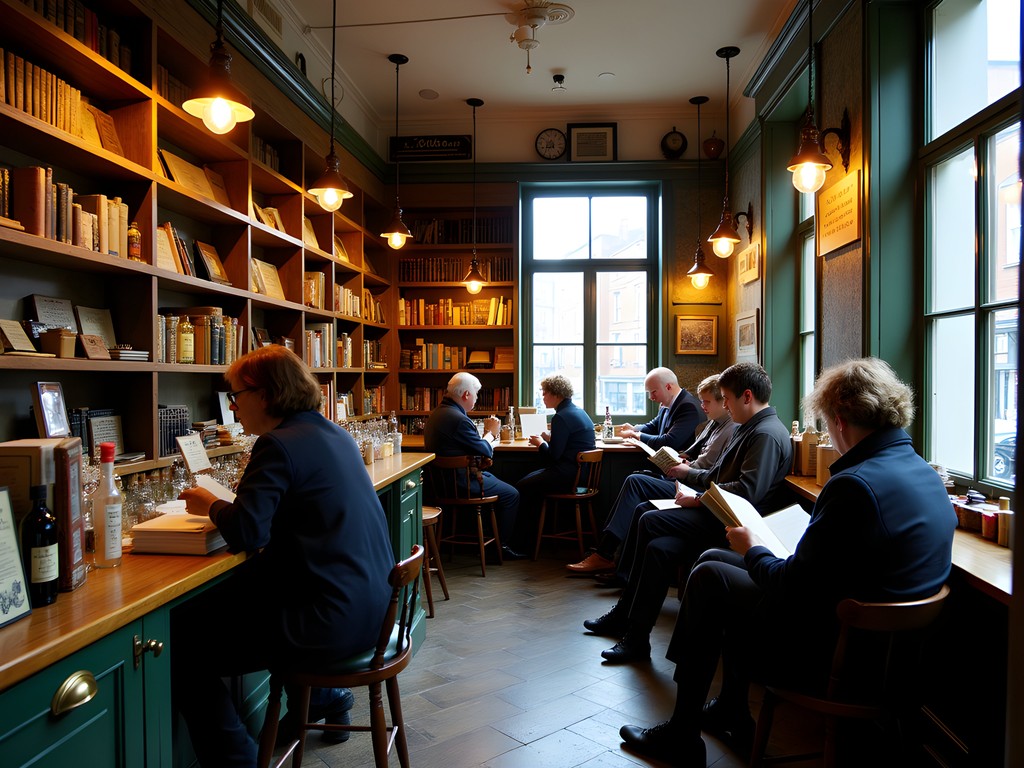
💡 Pro Tips
- Visit Sweny's Pharmacy on Thursday afternoons for the best Joyce readings
- Marsh's Library requires advance booking for their behind-the-scenes tour of rare manuscripts
- At The Cobblestone, sit at the bar rather than tables to increase your chances of conversations with locals
Architectural Treasures: Georgian Dublin Through a Different Lens
Dublin's architectural identity is often reduced to its colorful Georgian doors, but the real story lies in how these grand structures reflect Ireland's complex colonial past and evolving identity. As someone who photographs architectural details obsessively (my Valencia followers will recognize this trait!), Dublin offered endless inspiration.
We began our architectural exploration with an early morning walk through Merrion Square when the light was perfect for photography. Rather than simply admiring the famous doors, I was fascinated by the fanlight windows—the semi-circular windows above entrance doors that feature intricate patterns. Each design tells a story about the original occupants and their status. I captured these details with my mirrorless camera, which handles the contrast between shadowy doorways and bright facades beautifully.
For a deeper understanding, we joined the Irish Architectural Archive's walking tour (pre-booking essential), which explores how Dublin's buildings reflect changing political realities. Our guide explained how the grandeur of the Wide Streets Commission projects contrasted with the desperate conditions in tenement buildings just streets away—a physical manifestation of Ireland's colonial experience.
The real revelation came when we visited the Georgian House Museum on Fitzwilliam Street Lower. Unlike similar house museums I've visited across Europe, this one presents both the upstairs elegance of the ruling class and the basement working conditions of the Irish staff. The kitchen and servants' quarters offer a powerful counternarrative to the grandeur above.
Most memorable was our visit to the former Kilmainham Gaol, where architectural design explicitly served as a tool of control and punishment. The Victorian wing's panopticon design—allowing guards to observe prisoners without them knowing when they were being watched—is a chilling example of architecture as power. Standing in the central observatory point, I felt the weight of this building's role in Ireland's painful journey toward independence.

💡 Pro Tips
- Visit Merrion Square before 9am for the best photography light on the Georgian facades
- Book the Irish Architectural Archive tour at least two weeks in advance
- Combine your Kilmainham Gaol visit with the nearby Irish Museum of Modern Art for an interesting architectural contrast
Market Culture: From Farm to Urban Table
Markets have always been my window into a city's soul—places where economics, culture, and daily life intersect. Dublin's market scene is experiencing a renaissance that beautifully bridges traditional Irish food culture with contemporary urban life.
Temple Bar Food Market (Saturdays only) was our first stop, but we quickly discovered it's primarily oriented toward tourists. The real gems emerged when we ventured further afield. Howth Market, a short DART train ride from the city center, became our Sunday morning ritual. The combination of fresh seafood vendors, local produce, and artisanal crafts creates an authentic glimpse into Dublin's relationship with its surrounding landscapes. We purchased smoked salmon that had been prepared using methods passed down through four generations of the same family.
The Green Door Market in Bluebell offered another perspective—an indoor farmers' market where Dublin's changing demographics are reflected in the diverse offerings. Irish produce sits alongside ingredients catering to the city's growing immigrant communities, creating a fascinating fusion. We spent an afternoon chatting with a vendor who specializes in foraged Irish ingredients, learning how traditional knowledge about wild foods is being reclaimed by a new generation of food entrepreneurs.
For those interested in food markets as economic ecosystems rather than just shopping venues, I recommend the Dublin Food Co-op in Kilmainham. This member-owned cooperative tackles food sustainability issues while providing an alternative economic model. We participated in their Thursday community dinner, where we helped prepare a meal using surplus produce that would otherwise go to waste. The conversations around the table—spanning topics from Irish agricultural policy to neighborhood food access—provided insights no guidebook could offer.
To document these market experiences, I relied on my compact camera, which is discreet enough for market photography without making vendors uncomfortable. Its film simulation modes beautifully captured the rich colors and textures of market displays without requiring extensive post-processing.
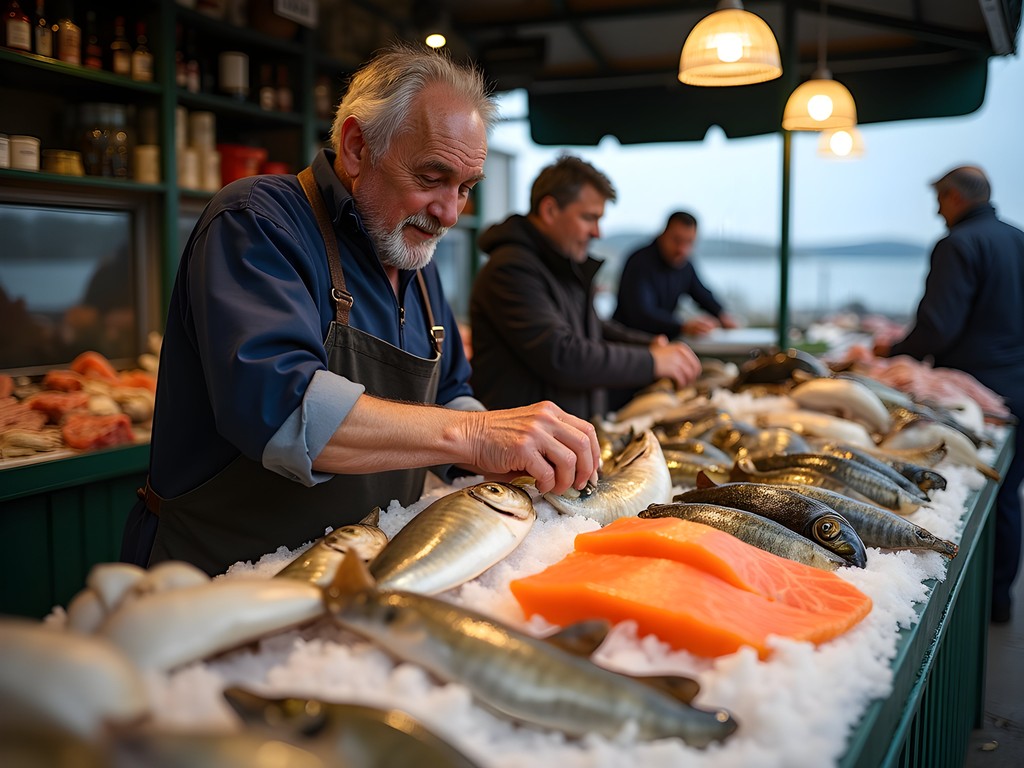
💡 Pro Tips
- Visit Howth Market on Sunday mornings when seafood deliveries are freshest
- Bring a reusable shopping bag to reduce plastic waste when purchasing market goods
- Ask vendors about cooking suggestions—they often share family recipes not found in cookbooks
Musical Dublin: Beyond the Tourist Sessions
Traditional Irish music sessions in Temple Bar pubs feature prominently in Dublin tourism brochures, but the authentic musical soul of the city exists in less obvious venues where music serves as a living cultural practice rather than a performance for tourists.
Our musical journey began at The Cobblestone in Smithfield, which locals repeatedly recommended as "a drinking pub with a music problem" rather than a music venue that serves drinks. The distinction became clear on our first visit—musicians gather in the front room not for scheduled performances but for organic sessions where tunes flow naturally. Unlike tourist-oriented venues, there's no amplification, allowing for the intimate experience of hearing instruments in their natural state. We arrived early (7:30pm) to secure seats near the musicians and witnessed how the session evolved as different players arrived throughout the evening.
For a different perspective on Dublin's musical heritage, we visited the Irish Traditional Music Archive in Merrion Square, where researchers helped us listen to rare recordings of Dublin street singers from the early 20th century. These ballads—often documenting social conditions, political events, and everyday Dublin life—revealed how music served as both entertainment and news in pre-digital eras.
Perhaps our most memorable musical experience happened at the weekly singer's circle at Hughes' Pub on Chancery Street—a Monday night gathering where participants take turns sharing songs. When the organizer learned we were visitors, he explained that while we weren't expected to sing, we were expected to listen attentively—a reminder that this was a communal practice, not a show. What followed was three hours of unaccompanied singing ranging from ancient Irish-language laments to contemporary compositions about Dublin's housing crisis, offering insights into how traditional forms remain relevant to modern concerns.
To capture these musical memories without being intrusive, I used my portable audio recorder (with permission) rather than video. These audio souvenirs have become some of my most treasured mementos, capturing not just the music but the ambient sounds of these authentic Dublin spaces.
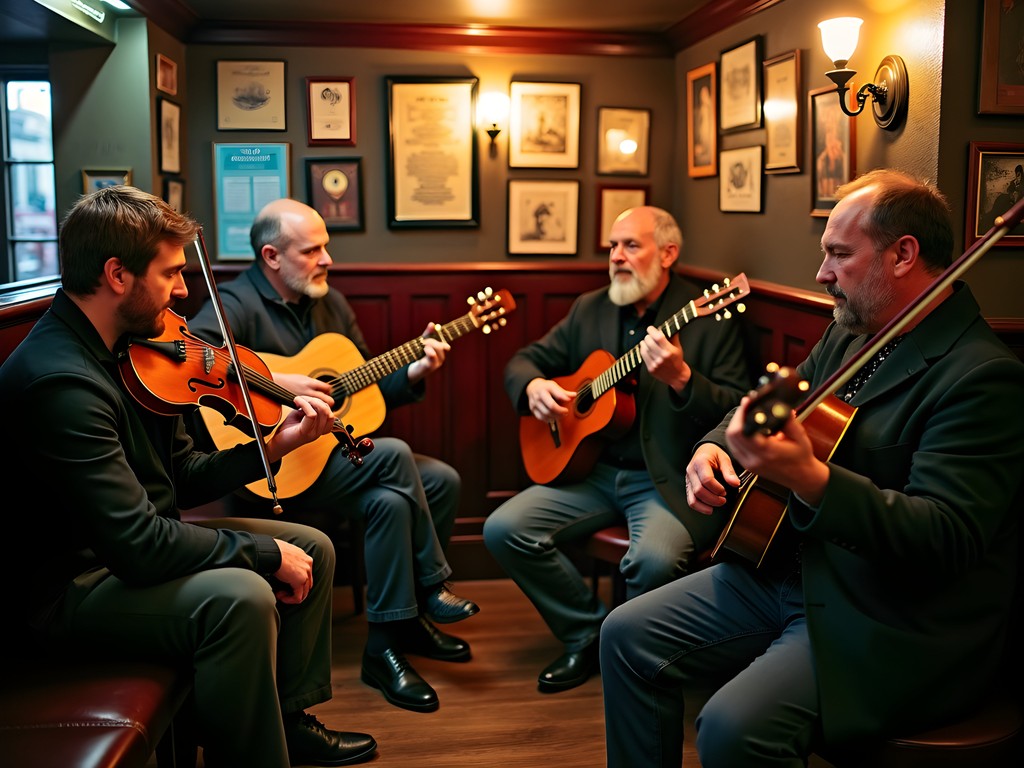
💡 Pro Tips
- Arrive at sessions by 7:30pm to secure good seating
- Buy a round for musicians if appropriate, but never interrupt the music to do so
- Ask permission before recording any session, and focus on audio rather than video to be less intrusive
Artisan Crafts: The Revival of Traditional Skills
While Dublin's Viking and medieval past is well-documented in museums, I was more interested in how traditional Irish crafts are being reimagined for contemporary life. This exploration led us to workshops and studios where artisans are breathing new life into ancient techniques.
Our first discovery was the Irish Guild of Weavers, Spinners, and Dyers' monthly open workshop at the Constant Knitter shop on Francis Street. Rather than just admiring finished textiles in gift shops, we watched demonstrations of traditional spinning techniques and learned how patterns in Irish textiles often encoded political resistance during colonial periods. The guild members shared stories of how specific designs were used to signify allegiance to independence movements—a powerful reminder of how crafts served purposes beyond decoration.
At the Design Tower in the Docklands area, we visited the studio of a silversmith who combines traditional Celtic patterns with contemporary design sensibilities. After a fascinating conversation about the historical significance of Irish metalwork, she showed us pieces she was creating for a major exhibition exploring Irish identity in a post-Brexit context. What struck me most was how she viewed her craft not as preservation of the past but as continuation of a living tradition that responds to current realities.
The highlight of our craft exploration was a half-day workshop at the Dublin School of Traditional Irish Crafts, where we learned the basics of Celtic knotwork design. Rather than treating these patterns as mere decorative elements, our instructor explained their mathematical principles and symbolic meanings. As we struggled with the intricate geometric relationships in these designs, I gained profound respect for the mathematical knowledge embedded in what many dismiss as simple folk art.
For those interested in bringing home authentic Irish crafts, I recommend avoiding the mass-produced items on Grafton Street and instead visiting the Cow's Lane Designer Studio Market (Saturdays only) in Temple Bar. Here, we found contemporary makers whose work honors traditional techniques while embracing modern aesthetics. I purchased a beautiful hand-bound journal using traditional Irish bookbinding methods that has become my dedicated travel diary for European adventures.
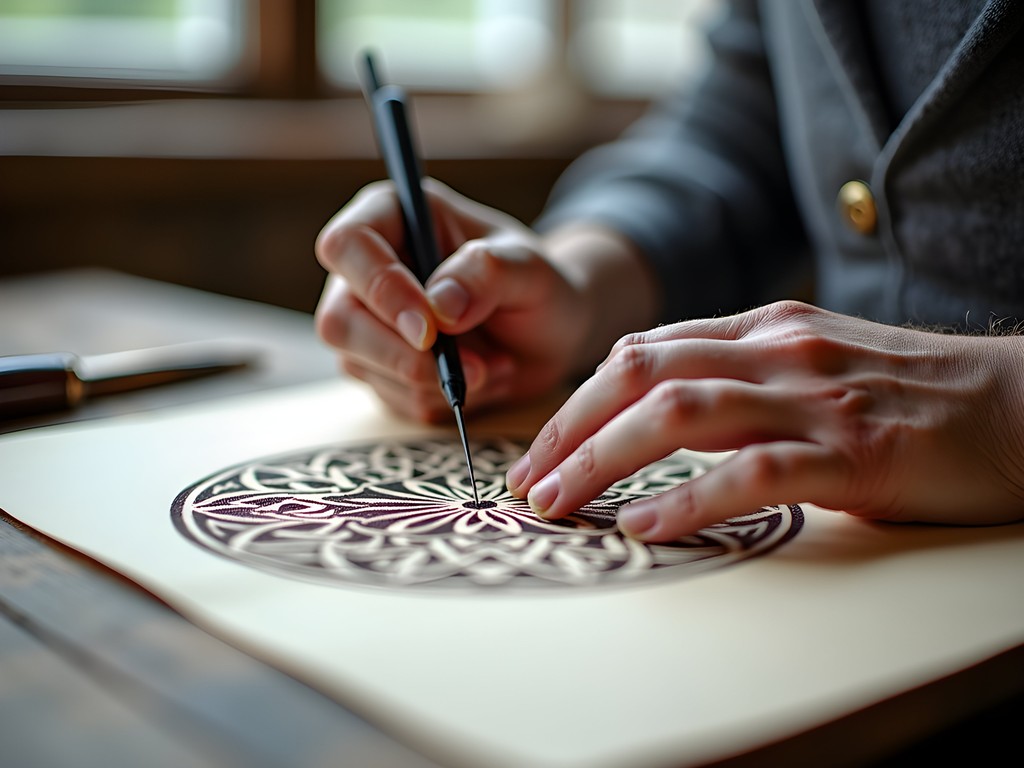
💡 Pro Tips
- Check the Irish Guild of Weavers' Facebook page for their monthly workshop schedule
- Book craft workshops at least three weeks in advance as they fill quickly
- Ask artisans about the historical significance of patterns and techniques for deeper appreciation
Contemporary Dublin: Where Tradition Meets Innovation
What fascinates me most about Dublin is not just its preservation of the past but how tradition and innovation intertwine in the city's contemporary identity. This dynamic reveals itself in spaces where historical contexts inform modern creative expressions.
The Science Gallery at Trinity College exemplifies this intersection. During our visit, their exhibition on traditional Irish healing practices alongside modern medical innovations explored how folk knowledge sometimes anticipated scientific discoveries. Interactive installations invited visitors to consider how cultural wisdom and empirical science might complement rather than oppose each other—a thoughtful approach to reconciling tradition with modernity.
At The Complex in Smithfield, we attended a contemporary dance performance that incorporated elements of traditional Irish dance within a piece addressing current social issues. The choreographer's program notes explained how she was reclaiming movement vocabularies that had been commercialized by shows like Riverdance, returning them to their communal origins while acknowledging their evolution. Watching familiar step patterns transformed into expressions of contemporary urban experience was a powerful demonstration of living tradition.
The Bernard Shaw pub in Portobello represents another facet of this cultural conversation. While serving traditional Irish drinks, it hosts art installations, community events, and music that spans genres from traditional to electronic. The night we visited, a DJ was remixing archival recordings of traditional Sean-nós singing with electronic beats, creating a sonic bridge between centuries of Irish musical expression.
Perhaps most revealing was our visit to the Chester Beatty Library, where the current exhibition juxtaposed ancient manuscripts with works by contemporary Irish artists responding to these historical treasures. Seeing modern creative interpretations alongside their historical inspirations highlighted how cultural heritage serves not just as artifact but as ongoing dialogue between generations.
As investors in sustainable tourism ventures, Eliza and I spent our final afternoon meeting with the founders of Dublin Walking Tours, who have developed an innovative app that uses augmented reality to reveal historical layers of the cityscape. Standing on O'Connell Street, we could see through our phones how the buildings had changed through revolutionary periods, economic transformations, and architectural trends—a perfect metaphor for how Dublin itself continuously reimagines its relationship with its past.
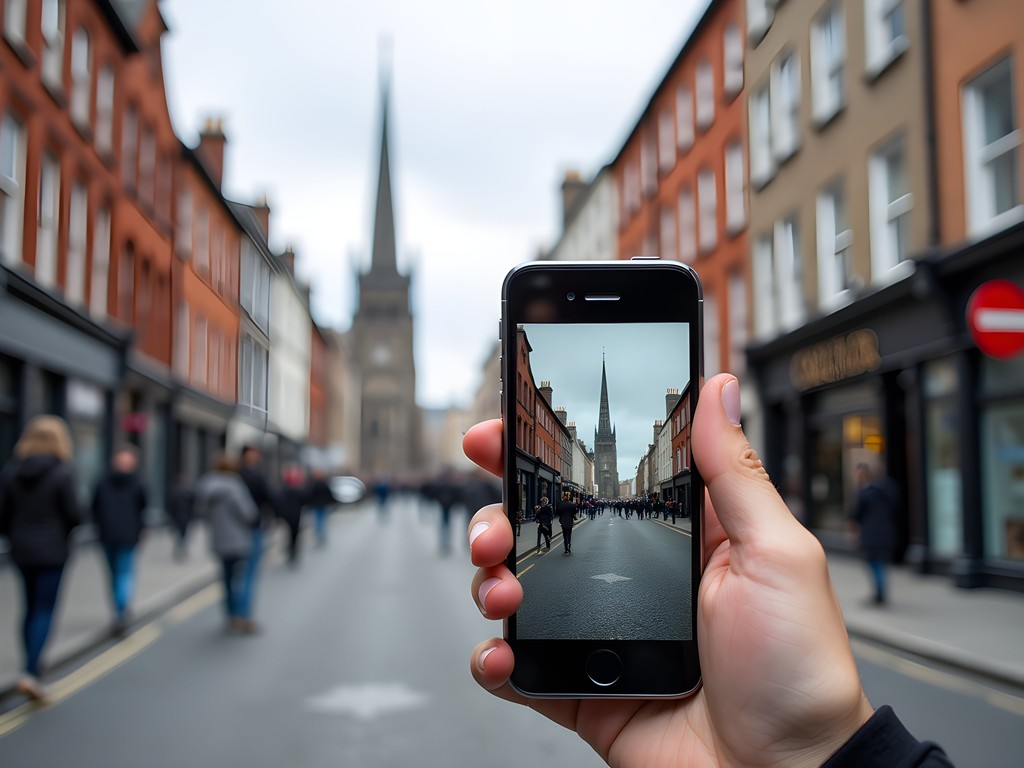
💡 Pro Tips
- Check the Science Gallery's exhibition schedule online as they close between installations
- Book performance tickets at The Complex well in advance as they often sell out
- Download historical AR apps before your trip to avoid using international data
Culinary Heritage: Beyond Irish Stew
Irish cuisine has long suffered from unfair stereotypes, but Dublin's current food renaissance reveals a culinary tradition that's both deeply rooted in history and dynamically evolving. Eliza and I made it our mission to explore this gastronomic landscape beyond tourist menus.
Our education began at the Irish Food Museum in Dublin Castle, a small but fascinating exhibition that traces the influence of historical events—from ancient farming practices through the devastating famine to contemporary food movements. Most revealing was learning how Ireland's colonial relationship with Britain shaped its food culture, with many traditional dishes developing as adaptations to scarcity and restriction rather than representing the full potential of Irish ingredients.
This historical context enhanced our experience at Boxty House in Temple Bar, one of the few tourist-area restaurants that locals recommended. The traditional boxty—a potato pancake that evolved during times when wheat flour was prohibitively expensive for most Irish families—is served here with contemporary twists that honor its humble origins while elevating it through modern culinary techniques.
For deeper exploration of Irish food traditions, we joined Delicious Dublin's walking tour focused on traditional Irish ingredients in contemporary cooking. Our guide explained how ingredients like seaweed (historically consumed during famine periods) are being reclaimed by innovative chefs celebrating their nutritional and flavor profiles. The tour culminated in a tasting of Irish cheeses that demonstrated how traditional farming practices are finding new expression through artisanal production.
The highlight of our culinary journey was dinner at Allta, where the tasting menu explicitly connects historical Irish food practices with contemporary gastronomy. Each course arrived with a story—how fermentation techniques used by early Irish settlers preserved foods through harsh winters, how foraging traditions maintained knowledge of wild plants during periods of agricultural hardship, and how modern Irish chefs are reclaiming these practices as expressions of place and identity rather than merely survival techniques.
To bring home a taste of this culinary heritage, we visited The Celtic Whiskey Shop on Dawson Street, where staff guided us through a tasting flight of Irish whiskeys from different regions. I was particularly intrigued by how different local water sources and aging processes create distinct flavor profiles—another example of how place shapes cultural expression in tangible ways. Their whiskey tasting journal became an unexpected souvenir that I've continued to use when exploring spirits in other countries.
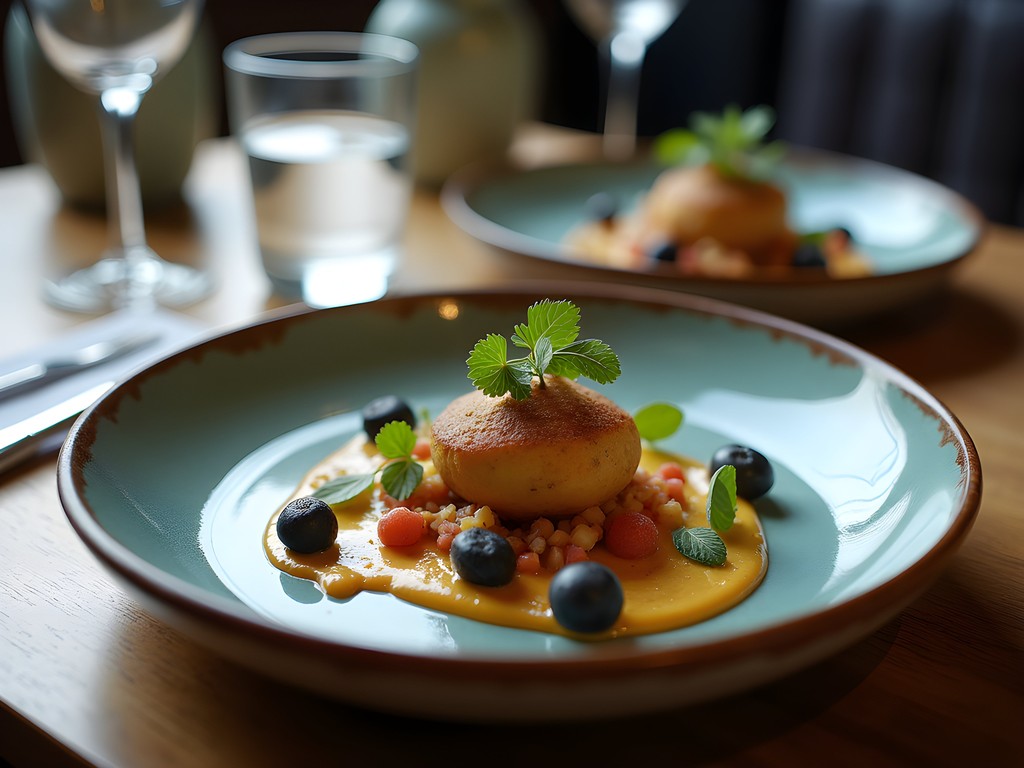
💡 Pro Tips
- Book the Delicious Dublin food tour at least one week in advance
- Visit the Irish Food Museum early in your trip for historical context that enhances later dining experiences
- Ask for half-portions at Boxty House to sample more varieties of traditional dishes
Final Thoughts
As our week in Dublin stretched into ten days, I found myself reflecting on how this city defies simple categorization. Beyond the Guinness-soaked stereotypes lies a capital engaged in constant conversation with its past—not as a museum piece but as living heritage that continues to evolve. What makes Dublin truly special isn't just its preserved Georgian architecture or ancient manuscripts, but how its residents actively reinterpret their cultural inheritance through contemporary expressions.
For couples seeking connection—both with each other and with authentic place-based experiences—Dublin offers rare depth. The city rewards those willing to step beyond tourist circuits into spaces where tradition breathes through modern life. As you plan your own Dublin journey, I encourage you to approach the city not as a collection of sites to check off but as an ongoing cultural conversation you're temporarily joining. Listen closely to the stories Dublin tells about itself, and you'll return home with something far more valuable than souvenir shop trinkets—a deeper understanding of how places honor their past while continuously reimagining their future.
✨ Key Takeaways
- Dublin's authentic cultural experiences exist primarily outside typical tourist venues in community-centered spaces
- The intersection of tradition and innovation defines contemporary Dublin's most interesting cultural expressions
- Ireland's complex history shapes its cultural practices in ways that typical tourist experiences rarely reveal
- Connecting with locals through participatory experiences offers deeper insights than passive observation
📋 Practical Information
Best Time to Visit
September-October for mild weather and cultural festivals
Budget Estimate
€150-200 per day for mid-range couple's experience including accommodation
Recommended Duration
5-7 days minimum to explore beyond tourist highlights
Difficulty Level
Beginner

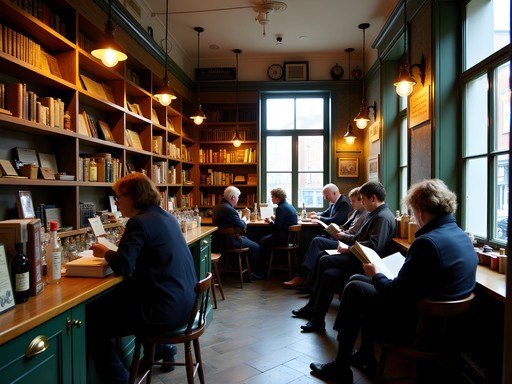
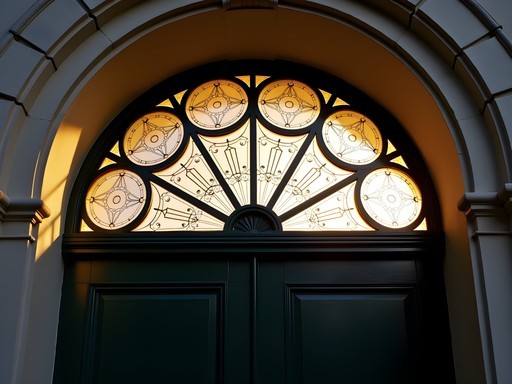

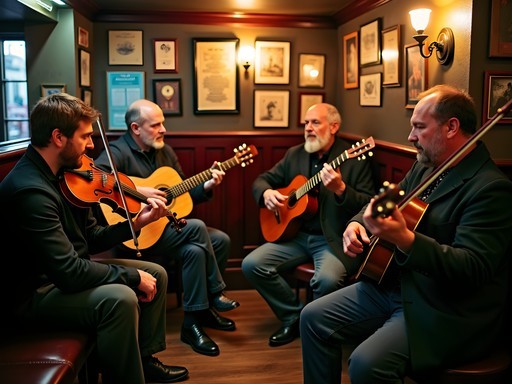

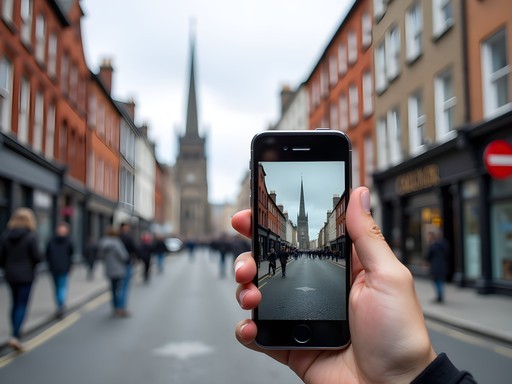


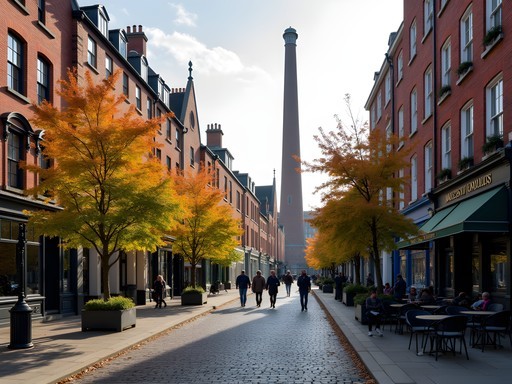
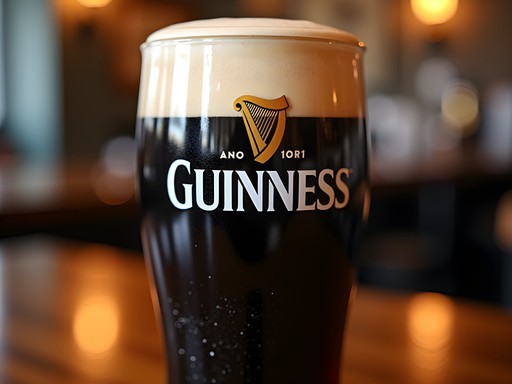
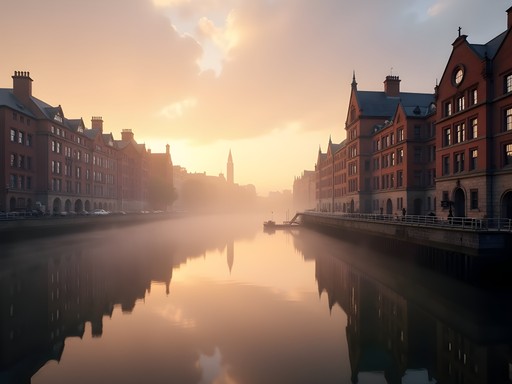
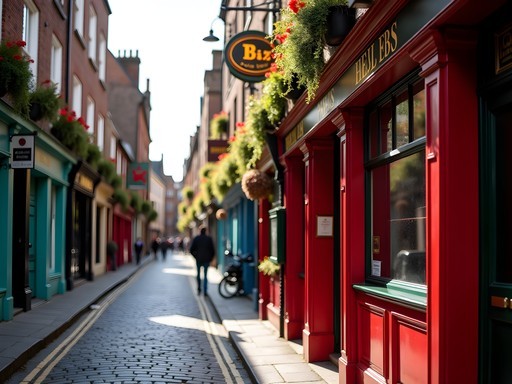


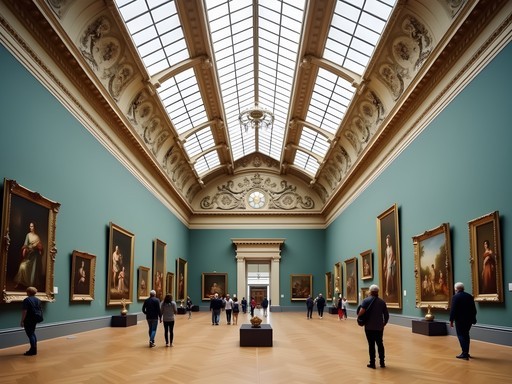
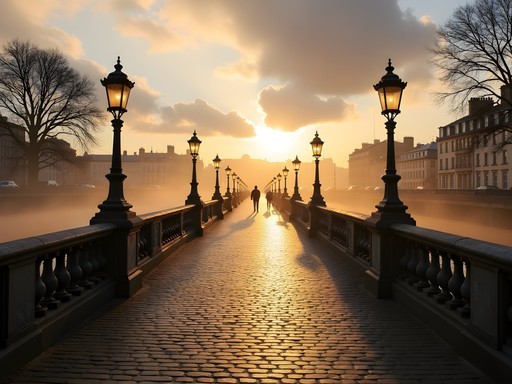
Comments
Megan Martin
Claire, this is exactly the kind of Dublin content travelers need! As someone who visits Dublin quarterly for business, I've grown to appreciate these authentic experiences. I'd add that the Hugh Lane Gallery is another hidden gem - their Francis Bacon studio exhibition is extraordinary. For those interested in Market Culture, the Iveagh Markets area is undergoing some interesting developments worth following. And if you're staying more than a few days, the coastal DART trips to Howth or Dun Laoghaire provide a perfect counterpoint to city exploration. Great to see travel content focusing on the cultural depth rather than just the pints!
redstar
Just spent 5 days in Dublin and used this post as our guide! The Musical Dublin section was particularly helpful - we found this tiny pub called The Cobblestone in Smithfield that had amazing traditional sessions. Not a tourist in sight except us! Also loved the Little Museum of Dublin. One thing to add - we took a walking tour with a local historian through the Georgian areas and it added so much context to those beautiful streets. Our guide pointed out architectural details we would have completely missed on our own.
dreamgal
Don't miss the Sunday food market at People's Park in Dún Laoghaire if you're there on a weekend! Easy DART ride from city center.
Adam Nichols
Claire's assessment of Dublin's literary scene is refreshingly nuanced. Having spent three months there researching for my own blog series, I found the National Library's reading rooms to be an overlooked treasure. While tourists queue for the Book of Kells, locals and serious literature enthusiasts retreat to these magnificent spaces. The Marsh's Library near St. Patrick's Cathedral also deserves mention - it's Ireland's oldest public library (1707) and looks virtually unchanged for 300 years. The staff there showed me marginalia from scholars dating back centuries. I'd recommend bringing a good pocket notebook for jotting down literary discoveries - I used my travel journal which has maps and dedicated sections for different neighborhoods.
explorewanderer7537
Marsh's Library sounds amazing! Adding it to my list right now.
oceanlover
The Georgian architecture section is spot on! Those colorful doors are Instagram gold.
beachblogger
Just got back from Dublin last month and wish I'd seen this post before going! We did stumble upon the Little Museum of Dublin that Claire mentioned and it was absolutely the highlight of our trip. The guided tour had us laughing the whole time - so much personality compared to the bigger museums. We also found a tiny bookshop in the Temple Bar area that did evening poetry readings with wine. Can't remember the name but it was on Crown Alley if anyone's interested!
dreamgal
Was it The Gutter Bookshop? Love that place!
beachblogger
Yes! That's the one! Such a gem.
freerider
Heading to Dublin in December. Any of these experiences particularly good during winter months? First-timer here!
Megan Martin
December in Dublin is magical! The literary spots Claire mentioned are perfect for winter - especially Sweny's Pharmacy where they do Joyce readings. They serve tea and the whole place feels extra cozy when it's cold outside. Georgian architecture tours are also great in winter as you're mostly indoors. Just bring a good umbrella!
freerider
Thanks Megan! Sweny's Pharmacy sounds perfect. Any specific markets worth checking out in December?
explorewanderer7537
Finally! A Dublin guide that goes beyond the usual tourist traps. Bookmarking this for my trip next spring!
LitLover
That photo of the Long Room at Trinity College is stunning! Did you use a special lens?
Claire Hawkins
Thank you! Just my regular wide-angle lens and some patience waiting for the crowds to thin out!
backpacker87
Any recommendations for authentic music venues that aren't packed with tourists?
Marco Suzuki
Not Claire, but I can recommend The Cobblestone in Smithfield - much more authentic than the Temple Bar spots and frequented by locals. Go on a weeknight rather than weekend for a more intimate experience.
backpacker87
Thanks Marco! Adding it to my list for next month's trip.
Venture X
Premium card with 2X miles, $300 travel credit, Priority Pass